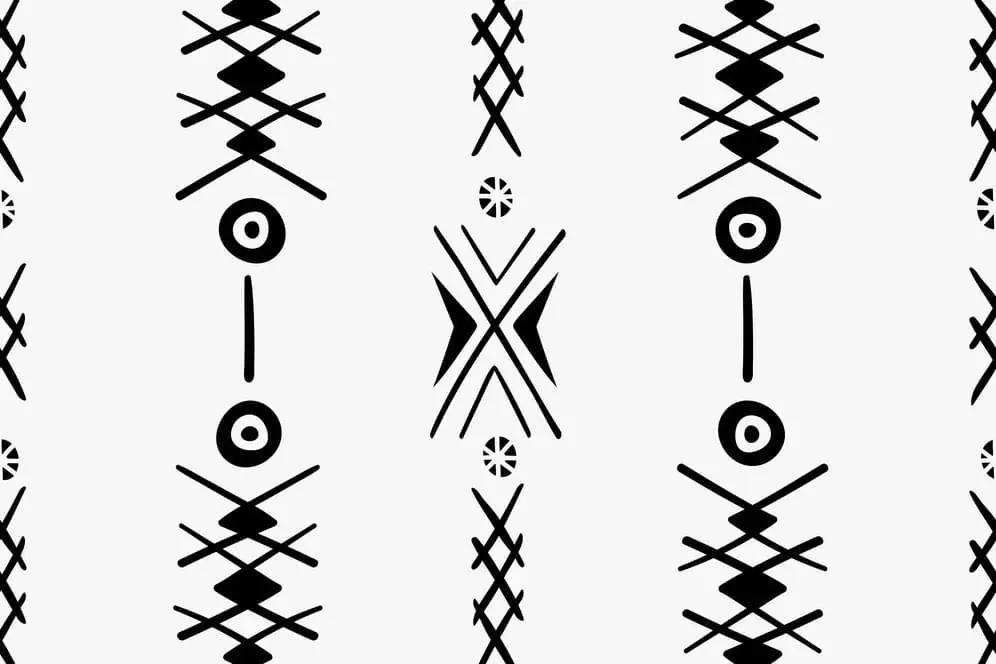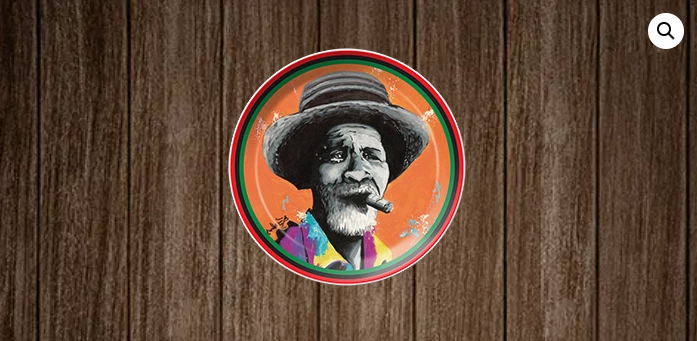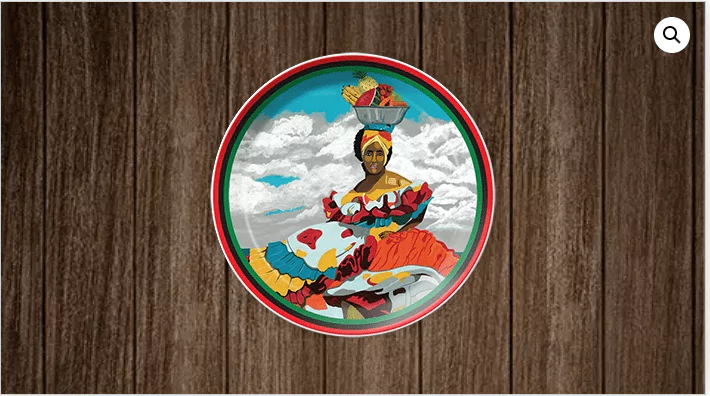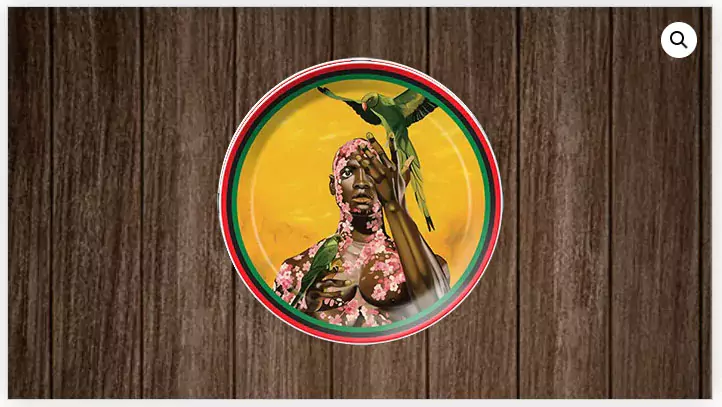Schedule Appointment
Schedule Appointment

African symbols are important elements of spirituality, culture, and identity. From East Africa’s mountainous regions to West Africa’s ancient empires, powerful African symbols are not merely beautiful art but critical to Africa’s social and spiritual existence. They narrate history, provide wisdom, and keep alive the great heritage of African civilizations.
In this blog post, we will discuss the significance of African Adinkra symbols and how these ancient African symbols remain applicable today. We will also link their applicability today to special cultural plates such as the First Generation College Student plates, Social Hour at the Barber Shop plates, The Fruit Ladies plates, and Emancipation plates.
African symbols are visual imagery themes with certain meanings in African cultures. They can relate to spirituality, status, history, or values such as courage, harmony, and wisdom. Powerful African symbols are found in fabrics, ceramics, buildings, and ritual objects.
West African symbols, for instance, are some of the best documented, and the Adinkra symbols used by Ghana’s Akan people are a case in point. They are used not just for ornament but to express highly evolved philosophical ideas.
African spiritual symbols represent divine, natural, and ancestral direction convictions. In African societies, the spiritual and material worlds are interconnected, and symbols bridge the two.
One of the significant spiritual African icons is the Duafe, an Adinkra symbol. It signifies cleanliness, love, and feminine attributes. Although it may look simplistic, it tells a lot about the immense regard for care and harmony in African culture.
Another instance is the Nsoromma (child of the heavens). It reminds us of where we stand in the world of the spirits and that our ancestors continue to lead us from the hereafter.
These symbols are not only of the past; they still exist in present-day meanings like the Emancipation plates, which also mark liberation and spiritual freedom. This shows our ancestors’ strength and divine power.
Some potent African symbols symbolize strength, bravery, and resilience. While everyone appreciates these, they are particularly significant in African societies where cooperation is essential.
The Eban symbol, for example, symbolizes protection, safety, and security—essential elements of individual and collective power. It is widely placed in homes and honored for its representational meaning.

Another potent African symbol is the counterpart to Eban, Eban Asaawa, which symbolizes the strength to hold one’s ground amid adversity. It’s not hard to understand how such African symbols for strength have influenced works like the First Generation College Student plates, which honor the courage and perseverance of forging new paths and seeking education in the face of adversity.
African Adinkra symbols are among the most known West African symbols. They originated from the Akan people of Ghana and represent ancient proverbs and cultural knowledge.
The most common Adinkra symbol is Gye Nyame, meaning “except God.” It represents God’s omnipotence and the Akan people’s faith in God’s protection. It is highly symbolic of the Akan religious beliefs.
Eban, Duafe, and Eban Asaawa (as stated earlier) are all included in the Adinkra symbols, which offer spiritual guidance and moral advice.

These symbols are incorporated into today’s story, much like the Social Hour at the Barber Shop plates. They affirm collective wisdom, counsel, and identity in African American life, in which conversations during a haircut are full of historical allusions.
West African symbols such as the Adinkra are well known, but East African symbols are also of great spiritual and cultural significance. Intricate symbols appear on wood carvings and cloth in coastal regions where Swahili is spoken, and they are typically employed in Islamic art and local religion.
For instance, Arabesque motifs and geometric patterns in door carvings in East Africa represent unity, eternity, and divine harmony—significant spiritual African symbols in the region. These layered patterns are a cultural guide for harmony, hospitality, and religious values.

The themes exhibited in The Fruit Lady’s plates emphasize African women’s strength, energy, and beauty. They show how East Africans appreciate women’s strength, food, and beauty.
Old African symbols are not artifacts of the past—they relate to what it is to be African today. This is revealed in sacred Adinkra symbols used in ritual, East African designs carved onto buildings, or narratives expressed in symbolic objects such as the Emancipation plates. These symbols continue to empower and nourish African identity.

For individuals of African origin worldwide, these symbols allow them to tap into a deep well of strength, spirituality, and self-definition. They instill pride, memory, and empowerment.
African symbols play a significant role in directing spirits, narrating cultural history, and demonstrating strength. West African symbols, such as the honored Adinkra, and the stunning geometric patterns of East African symbols are powerful and impact art, identity, and expression. They touch our hearts, connect us to our heritage, and inspire future generations.